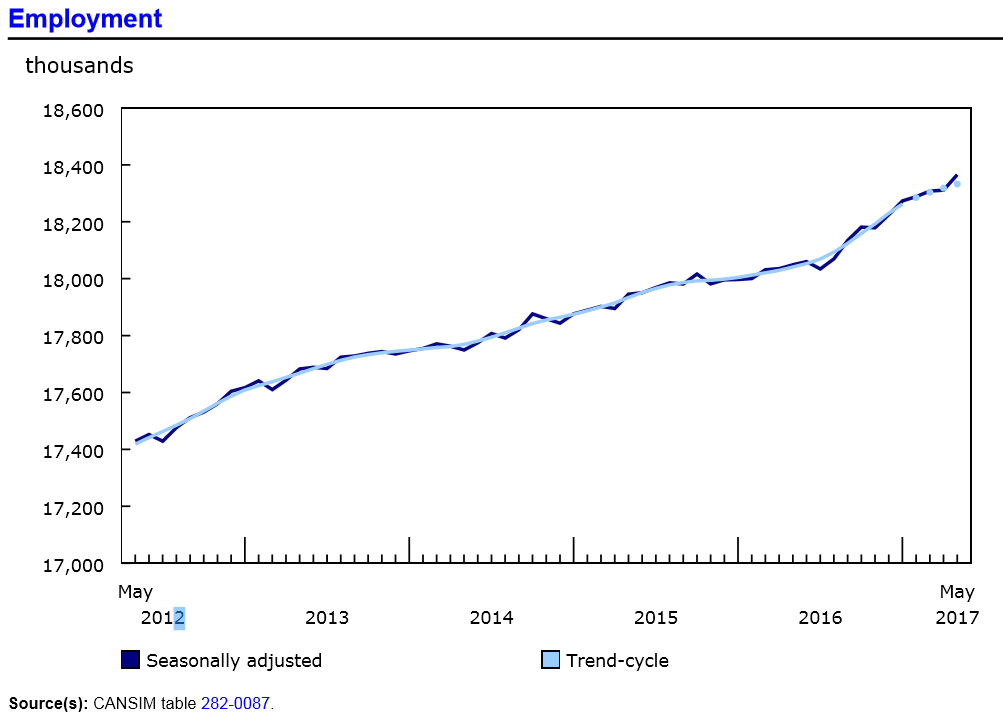FX traders had a busy week. For many it was a disappointing week as well.
The very nature of foreign exchange trading is based on anticipating price movements through all, or a mixture of technical, fundamental, and geopolitical analysis with the assumption that all the known variables are reflected in the current price.
Oftentimes, the lead-up to a major event such as the release of major data, a central bank policy meeting, local politics in major economies or national elections, leads to large price movements predicated on a narrative which becomes something of a self-fulfilling prophecy, even if the underlying assumptions are somewhat dubious.
That was the case on June 8. The day was even dubbed “Super Thursday” by some due to the risk of major price moves. The European Central Bank (ECB) meeting, the Ex-FBI Director James Comey’s testimony to the Senate Intelligence Committee and the UK election all occurred on the same day.
Expectations for a game-changing ECB meeting rose steadily since the beginning of May. ECB members were advocating that it was time to begin unwinding the EUR60 billion bond purchases made each month. News reports suggested that the ECB would discuss ending the stimulus at the June 8 meeting. Improving Eurozone economic data and rising equity prices encouraged the stimulus ending dialogue. The day before the meeting, ECB official’s “leaked” news that the ECB would cut its inflation forecasts. EURUSD bulls were empowered. That sentiment was reflected in EURUSD which rose from 1.0855 on May 30 to 1.1280 just before the meeting.
At the same time, no one appeared to be listening to ECB President Mario Draghi. He continued to point out that Eurozone inflation was still too low and that there were not any plans to change the current policy.
On June 8, the ECB policy statement dropped their easing bias on rates, which was expected. However, Mr. Draghi was at his doveish best during his press conference. He flat out denied that the ECB would discuss their tapering strategy in September. He also denied that removing the “easing bias” was a first step towards exiting stimulus.
That wasn’t the outlook that traders were expecting. Once again, the hype didn’t live up to expectations. EURUSD dropped from 1.1280 on June 7 to 1.1167 on June 9.
The furor around James Comey’s testimony to the Senate Intelligence Committee was near fever-pitched, depending on your news source. The anti-Trump media (and there are a lot of them) were implying/hoping that Mr. Comey would accuse President Trump of obstructing the FBI investigation into Russia’s involvement in the US election. Ironically, Democrats who blamed Comey for Hillary Clinton’s election loss, now see him as their savior. He wasn’t and isn’t. The testimony ended and FX traders yawned. Once again, the message did not live up to the hype.
In Great Britain, Prime Minister Theresa May had her “Great Expectations” dashed at the ballot box. In April, Ms. May saw her Conservative party with a commanding lead in the polls. She apparently decided that Britain’s negotiating position on the exit from the European Union would be strengthened if her party had more seats in the House of Commons. On April 8, she called a “snap election”. On June 9, Ms. May woke up to a much different world. She was still Prime Minister, although her Conservative majority was gone because she formed a government backed by Northern Ireland’s Democratic Unionist Party. It is too early to tell how it will impact Brexit or even if she will keep her job. It is safe to say that Ms. May’s great expectations didn’t pan out.
GBPUSD traders voted with their wallets and sold GBPUSD. Prices gapped lower from 1.1255 to 1.2637 immediately after the election results were known.
Closer to home, great expectations seldom pan out with the monthly Canadian employment report. Forecasts are rarely accurate.
That was the case on June 9. The Canadian employment report was expected to show an increase of 11,000 jobs in May. Instead, Canada produced 55,000 new jobs and 77,000 new full time jobs. FX traders were caught by surprise. USDCAD plunged, falling from 1.3515 to 1.3424.
USDCAD had risen on concerns that Canada/US interest rate differentials would widen as the Fed raised interest rates, concerns that President Trump’s trade policies would have a negative impact on the Canadian economy, a doveish Bank of Canada and falling oil prices.
However, those sentiments became stale and according to the weekly Commitments of Traders report from the CBOE, long USDCAD positions were at elevated levels. Simply put, all the people who wanted to buy USDCAD, apparently had.
In FX trading, deviations from the expected, usually result in price swings. Great Expectations usually result in great big moves.








